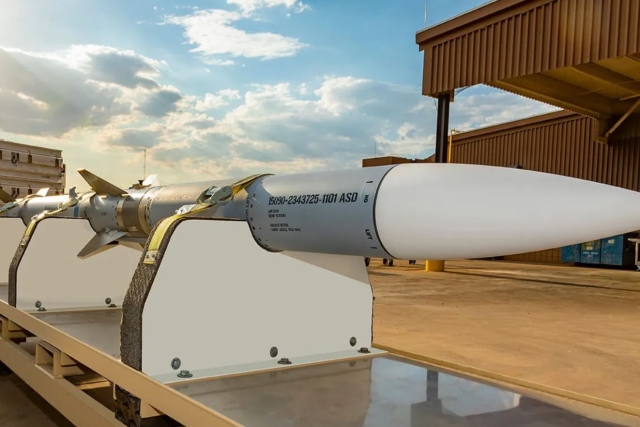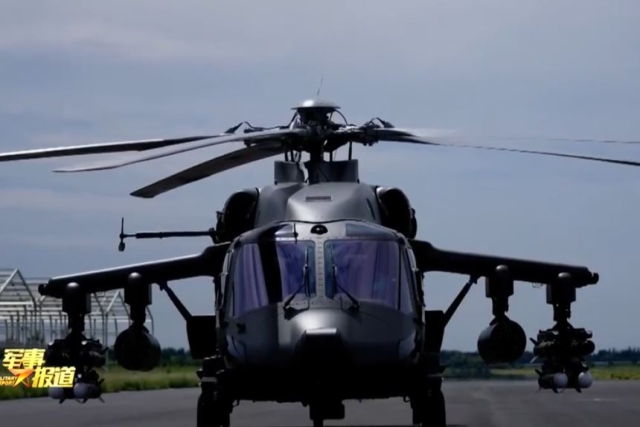Canada To Test Small Drones Capable Of Hunting Submarines
Canada’s Federal government researchers will be testing a small drone to see if such unmanned aircraft could eventually be used to hunt for submarines and ships, Local media reported Wednesday.
It is the first time that an unmanned air vehicle built in Canada will be tested in this role.
The first tests will take place at a facility in Bourget, Ont., in the summer as sensors onboard the unmanned air vehicle, or drone, is calibrated by researchers with the National Research Council.
But the plan would see the Brican TD100 eventually being flown off a Canadian navy ship on the West Coast later in the year.
“We’ve got an all-Canadian product that is quite frankly significantly more capable than what they have,” said Brian McLuckie, president of Brican, which is based Brampton, Ont was quoted as saying by Ottawa Citizen, a news daily.
Similar tests with smaller drones were conducted by Canadian military for operations over land and sea.
“The Brican TD100 and its sensors will be assessed for their ability to detect submarines and other metal objects such as ships or mines beneath or on the water,” said McLuckie.
Such detection is currently carried out by sensors mounted on Aurora surveillance aircraft or Sea King helicopters. The drone has a wingspan of just over five metres. It can launch from land or on a portable inflatable runway.
The TD100 can also be launched from the back of a pickup truck. “I got the idea for the launcher from one of the James Bond movies,” explained McLuckie. Depending on what type of equipment it is carrying, the drone can fly out to 1,000 km from its base and return.
Defense suggested installing magnetometers, which can be used as metal detectors, and use those sensors to hunt for submarines or other objects in the ocean.
“We’ll do a short launch over targets and come back and land,” McLuckie explained about the tests planned for later in the year. “Then we’ll do a ship launch and recovery.”
The company is counting on the fact their aircraft can carry a payload of 9.1 kilograms, significantly more than the similar-sized Boeing ScanEagle, which the Canadian navy has used.
Brian Eggleston, who co-designed the drone, had spent nearly 40 years with de Havilland Aircraft including managing the firm’s advanced design unit. But despite having innovative technology, McLuckie expects an uphill battle to have the TD100 adopted by the Canadian military, even if the tests are successful.
The company is pointing out that such an aircraft would be economical for the military to operate and can be quickly launched and recovered. The Canadian Forces had its own larger drones at the beginning of the Afghan war and later in that conflict leased Israeli-built unmanned aerial vehicles.
A DND project to buy a new fleet of larger unmanned aircraft, estimated to cost more than $1 billion, has run into delays. The RCAF now says it expects a contract to be awarded for the purchase of the larger drones sometime between 2019 and 2020.










